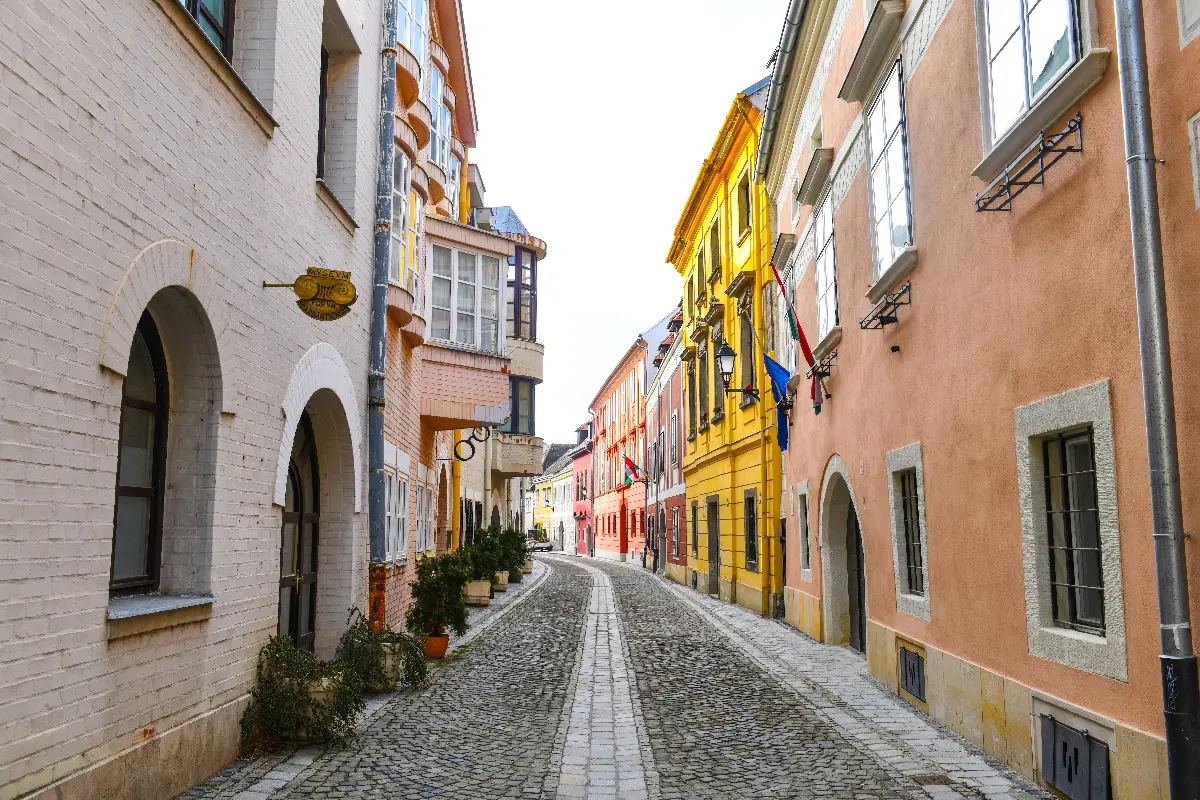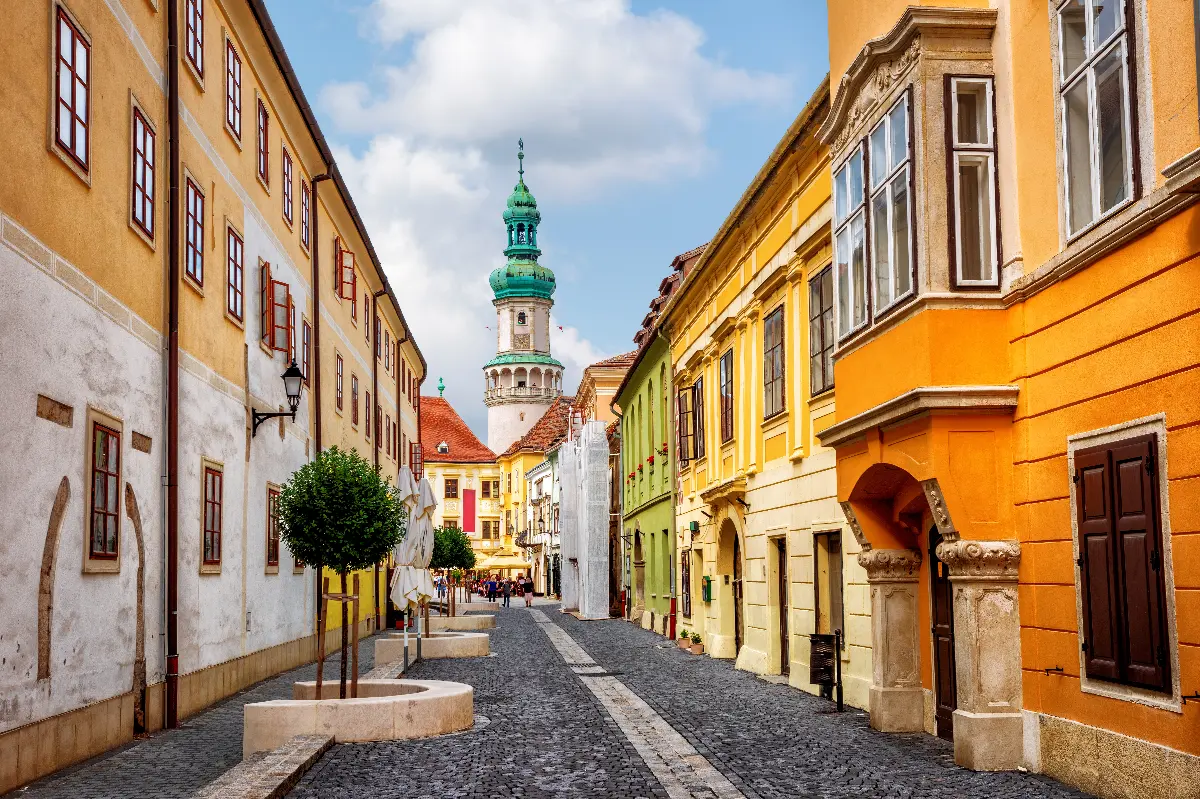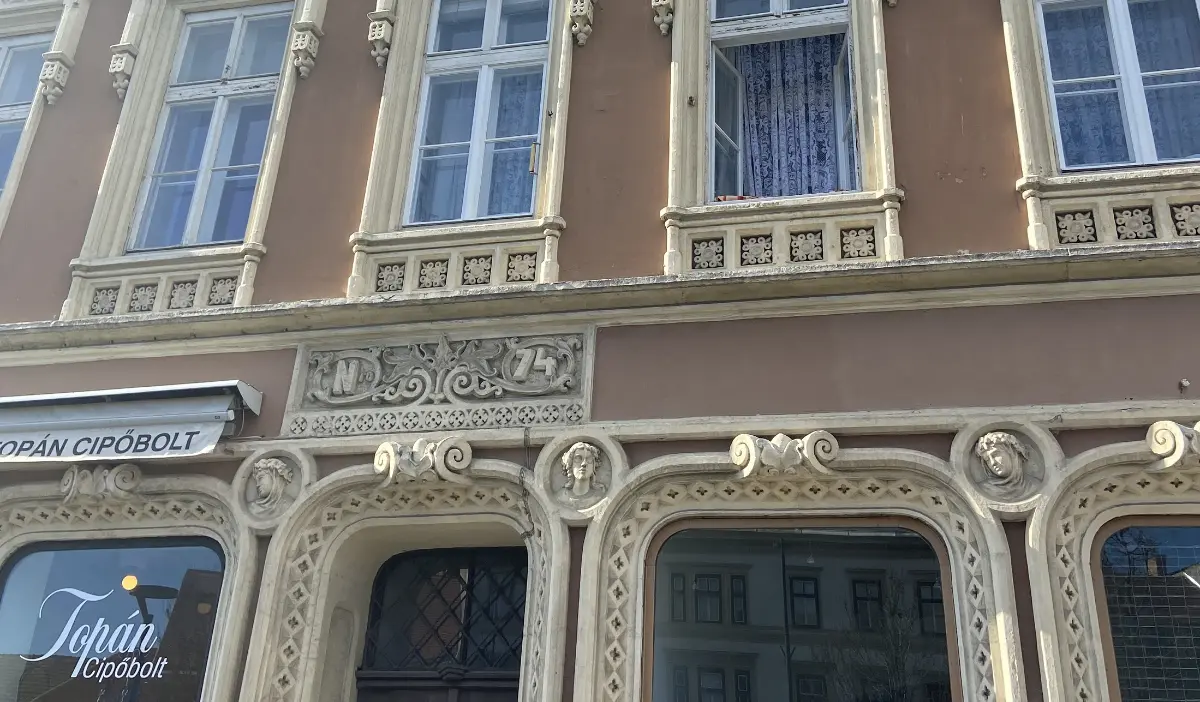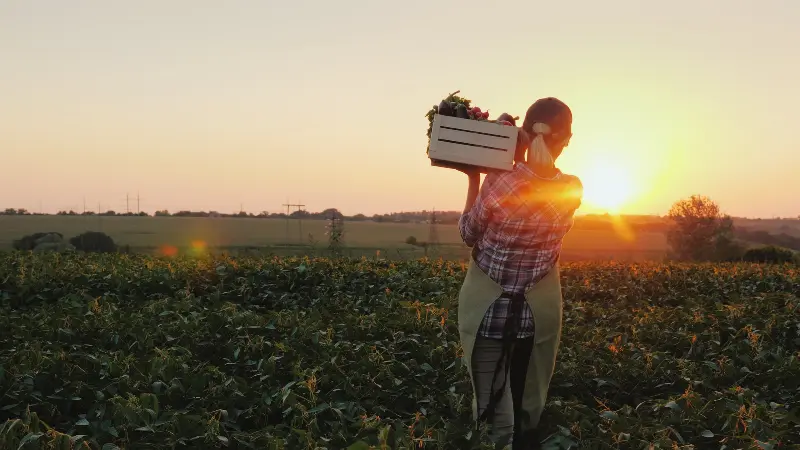
Helyszín címkék:
The forgotten people of Sopron
Erdélyi Csilla
The exhibition, as well as the first volume of the book, covers the nearly seven hundred years of the history of Sopron Jewry, starting from the Middle Ages. The second volume of the book presents the former Jewish way of life in Sopron, which is unique in the local history of Hungarian Jewry.
The Castle District and the story of a building
Sándor Tárkányi also researched the buildings of the Castle District, which is still a special place for every Sopron resident in the Sopron Archives. He was very interested in the original plans of the buildings, the fine graphics of the shop portals, the period photographs of the buildings and their occupants. In the course of his research, he came across several interesting contemporary plans, documents, and advertisements. After nearly a year of searching the archives, a detailed study was published, e.g., about the house at 69 (now 70) Castle District. He aimed to present over 200 years of history of Sopron's merchant street through the history of the construction of a building in the Castle District, and the family stories of the building's owners and tenants.
Why is the Castle District so special? The town of Sopron itself is about 750 years old; in Roman times it was know as Scarbantia, and operated as a trading centre along the Amber Road. The present buildings of the Castle District actually grew out of the stalls of the merchants who settled outside the castle walls. The smallest house is only 1.20 m wide, located next to the aforementioned house no. 70, it is worth looking for!

"The first owner of the house at 70 of the Castle District was Mária Zsuzsanna Schneider, around 1790. The 1820 land register already lists György Dániel Tschurl ironmongeras the owner of the house. It can be assumed that the new owner added an extra storey to the one-storey house with a Zopf Style facade.The construction of the first floorcompleted in 1815, is attributed to the Classicist master-builder Jakab Handler. Handler, who was born in Kismarton, was granted citizenship in Sopron in 1803 and learned the building trade from his father. Below the second-floor windows is a single parapet with eagles in all three bays below, divided by the builder’s initials G D T(Georg Daniel Tschurl). The tri-axial facade is topped by a one-part main parapet with a frieze of wreaths and rosettes below, and the year 1815, the research reveals. The house boasts its first shop window, which was built in 1855 when merchant Károly Heuffel applied for a wooden shop front licence. We can assume that by this time, the Tshurl family had already rented the shop on the ground floor. The plan is signed by mastercarpenterC K Bergmann. A timber portal running the full length of the ground floor of the building also enclosed the building's double front door, giving a unified and larger shopfront to the retail space within. The shop portal was built approximately 30 cm in front of the existing frontage plane. The wooden shop portal was changed a few decades later. At that time, the tenants were Gyula Trogmayer, a tinker, andKároly Trogmayer, a brush maker. Later, "The Modern Jewellers' House" was also located here, with the adjacent brush factory operating in the rear, courtyard wing, on the ground and first floors. In the window of the Jewellery House, you could see various watches and jewellery, on the other side, as you’d expect at a brush maker’s, there were brushes, paddles and pegs. In February 1935, Szeréna Spitzer Ignácné Friedmann, born in Debrecenin 1894, got an industrial licence for a watchmakers and jewellery shop in the building. Her husband, Ignác Spitzer, a goldsmith, was born in Budapest in 1888; their daughter, Lili, was born in Sopron in 1932. After that, Emil Stössl's watch and jewellery shop was located in the house. After the German occupation, in April 1944, a series of decrees were issued to liquidate the economic activities of Hungarian Jews and confiscate their property. On 16th April, Jewish property - including real estate, movable property and securities - was locked, and a few days later Jewish shops and their stock were confiscated. On the list of Jewish shops in Sopron, drawn up by the mayor's office on 1st May 1944, 159 shops were closed, 77 of which were in the Castle District. Both Stössl and Spitzer family members were deported and disappeared. Only Emil Stössl returned to the city. In 1952 the building and most of the shops were nationalised.

In the"week of amnesty“ in 1966, the boulevard was flooded with cars belonging to our compatriots who had emigrated in 1956 though at that time there were not that many Western cars in the county, let alone in Sopron. Children on the outskirts of Sopron received sweets and chocolates from the visitors. The billboards above the shops advertised the profile of the new shops - Folk Art, Home Industry, Stationery, Confectionery, Clothing - and the names of the former tenants have disappeared completely. The cobbled pavement seen on the old postcards has been replaced by asphalt, which has now been re-laid with paving stones.The fascinating family and building history is just a small taste of the stories of the “The forgotten people of Sopron”. The guided tour is a great experience and a curiosity, don't miss it if you are in Sopron!








